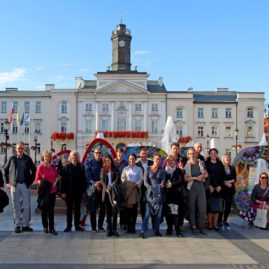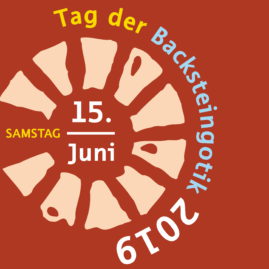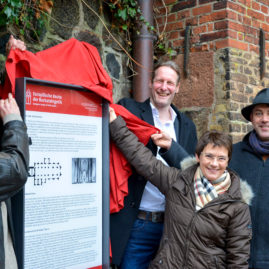Rostock, with its typical Brick Gothic architecture, was one of the most important Hanseatic cities in the Middle Ages alongside Lübeck and Wismar. It has now joined the Danish, German and Polish “European Route of Brick Gothic” network.
With this membership, the Hanseatic university city of Rostock aims to make its many Brick Gothic architectural treasures in their cultural and historical context known throughout Europe. It is working with the association to foster awareness of their common cultural heritage of Brick Gothic among the general public.
Before the association was founded in September 2007, when it was still in the project phase and financed by the EU, Rostock was already a partner of the European Route of Brick Gothic. Rostock’s new mayor, Claus Ruhe Madsen from Denmark, has chosen to breathe new life into this former successful collaboration. “We are united by a common history whose legacy lives on in various places on both sides of the Baltic Sea. What’s more, Rostock has many various places of interest to offer Danish and Polish tourists who wish to stay for longer visits – not just short stopovers”, says Claus Ruhe Madsen.
Joint publishing efforts like the Culture Guidebook as well as events such as group trips, the Day of Brick Gothic and the network of the academic research committee of the association, all contribute to the common goal of encouraging dialogue and knowledge on the topic of Brick Gothic architecture in Rostock.
Many tourists who are interested in visiting Brick Gothic destinations are excited to hear about Rostock’s membership status. The brick buildings that still stand are a testament to the hard work and technical skill of those who erected them. With its stately architecture, St. Mary’s Church in particular has shaped the market square and Rostock’s cityscape for over 700 years. It is evidence of and a monument to the city’s rich history and its role in early urban development in the Middle Ages.
Other examples of Brick Gothic architecture in Rostock are the former Cistercian Abbey of the Holy Cross (14th and 15th centuries), the 54-metre high Kröpeliner Tor (13th and 14th centuries), the house at Kröpeliner Str. 82 (built in 1493) with its characteristic gables and the late Gothic Kerkhofhaus (around 1460-1470).
Information on the Brick Gothic sights of Rostock can be found at www.eurob.org/deutschland/rostock/?lang=en.
Photo © Berthold Brinkmann











